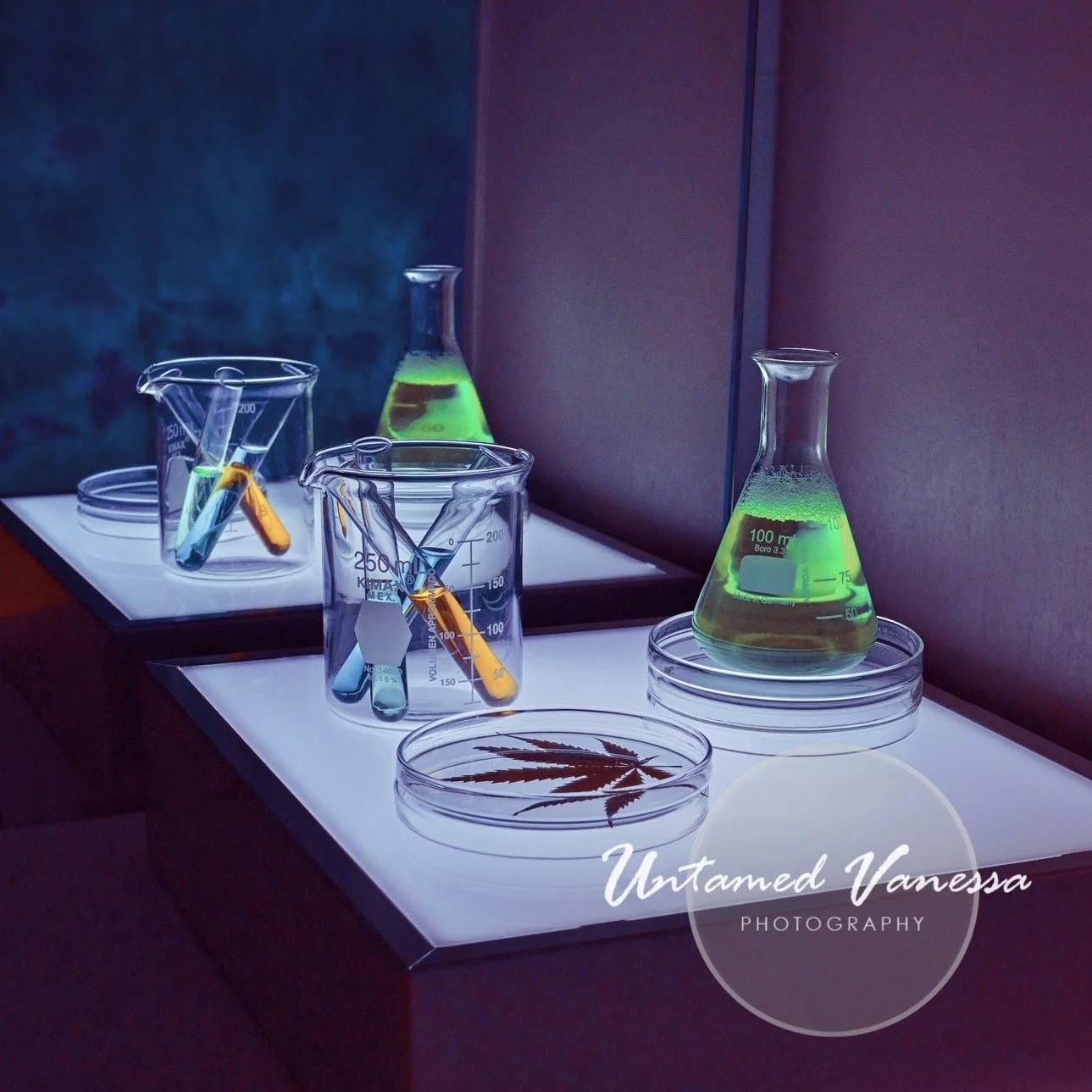When Opposites Attract
The Science and Magic of Chemistry
We talk about chemistry like it’s magic. But in the lab, it’s tension, charge, and transformation. Opposites don’t just attract—they react. Sometimes wildly. Sometimes beautifully. Sometimes forever.
The Setup
Step into the lab. Beakers lined up. Bunsen burner flickering. White coats. Steady hands.
One flask holds a base—steady, reliable, alkaline.
The other, an acid—sharp, passionate, unpredictable.
They shouldn’t work together.
And yet, under the right conditions, they neutralize into something stable. Something alive.
Salt. Water. Heat.
Isn’t that love?
The Elements
Every person, like every element, carries a charge. Some positive. Some negative. Some inert, so stable they rarely react. Others? Highly reactive—searching for something or someone to bind to.
He was oxygen—vital, everywhere, but never quite whole.
She was hydrogen—light, intense, often overlooked.
Alone, unstable. Together? H₂O. Life.
Chemistry begins when loneliness meets potential.
Polarity and Pull
Opposites attract, not because they complete each other, but because their differences create tension—polarity. In science, this tension isn’t weakness. It’s energy.
The introvert who finds herself drawn to the loud, reckless artist.
The overthinker who softens in the presence of someone who acts on instinct.
The wanderer who finally feels seen by the one who stays.
It’s not logic. It’s charge.
The Reaction
In the lab, reactions can be explosive—or quiet and slow-burning. Some give off heat. Others emit light. A few are dangerously beautiful.
Sodium and water? Instant combustion.
Vinegar and baking soda? A fizz, a spark, then done.
But carbon and oxygen? That’s fire. Sustained. Transformative.
Real chemistry isn’t just about a spark. It’s about whether that spark leads to collapse—or creation.
The Catalyst
Not all reactions happen alone. Sometimes, a third element is needed—not to change the compounds, but to accelerate the process.
In love, a catalyst might be timing. A shared struggle. A long road trip. The realization that life is short.
A catalyst doesn’t get consumed in the reaction—but it makes everything happen faster.
It shows you who you are when you stop pretending.
The Compound Formed
The strongest relationships are like covalent bonds. Electrons shared, not stolen.
Each element keeps its identity—but forms something more powerful together.
She didn’t destabilize to fit his volatility. He didn’t neutralize to soften her strength.
They reacted, adjusted, equalized.
Not perfect—but stable.
In science, we call this equilibrium. In love, we call it home.
The Other Side of the Reaction
But not all reactions are meant to last.
Some opposites spark, then fade.
Because even in chemistry,
stability depends on structure—
not just charge.
Shared values. Aligned vision.
A bond that holds when the heat dies down.
The Equation
We think of love as fate, mystery, emotion. But the truth is—it’s also chemistry.
A series of charged encounters.
A dance between protons and electrons.
A wild experiment, searching for a formula that doesn’t just spark, but lasts.
Because when the right two people meet, it’s not destruction.
It’s alchemy—in its purest form.
